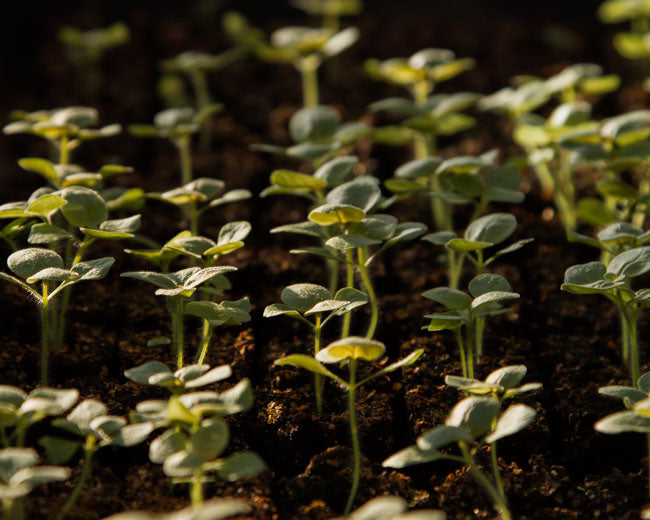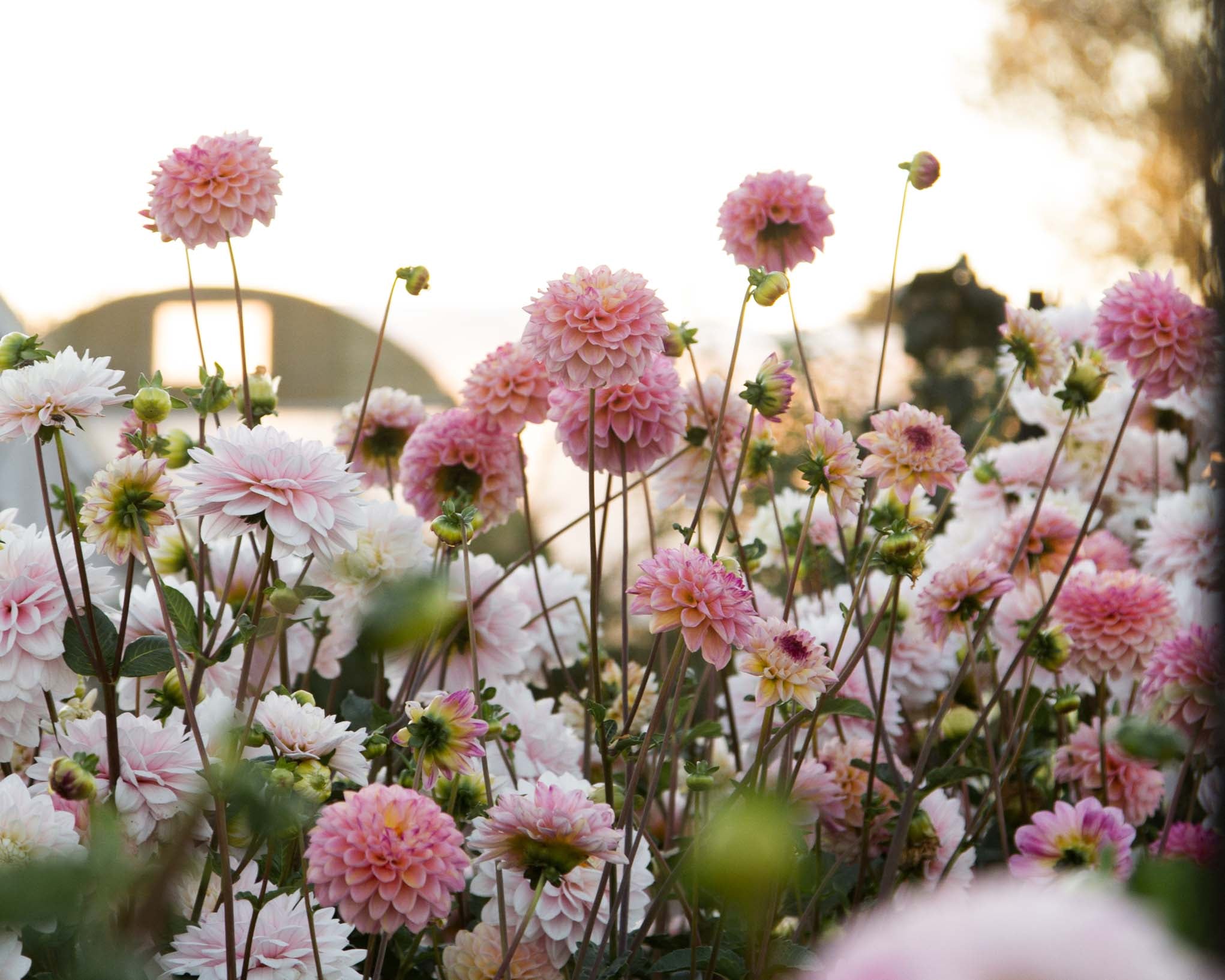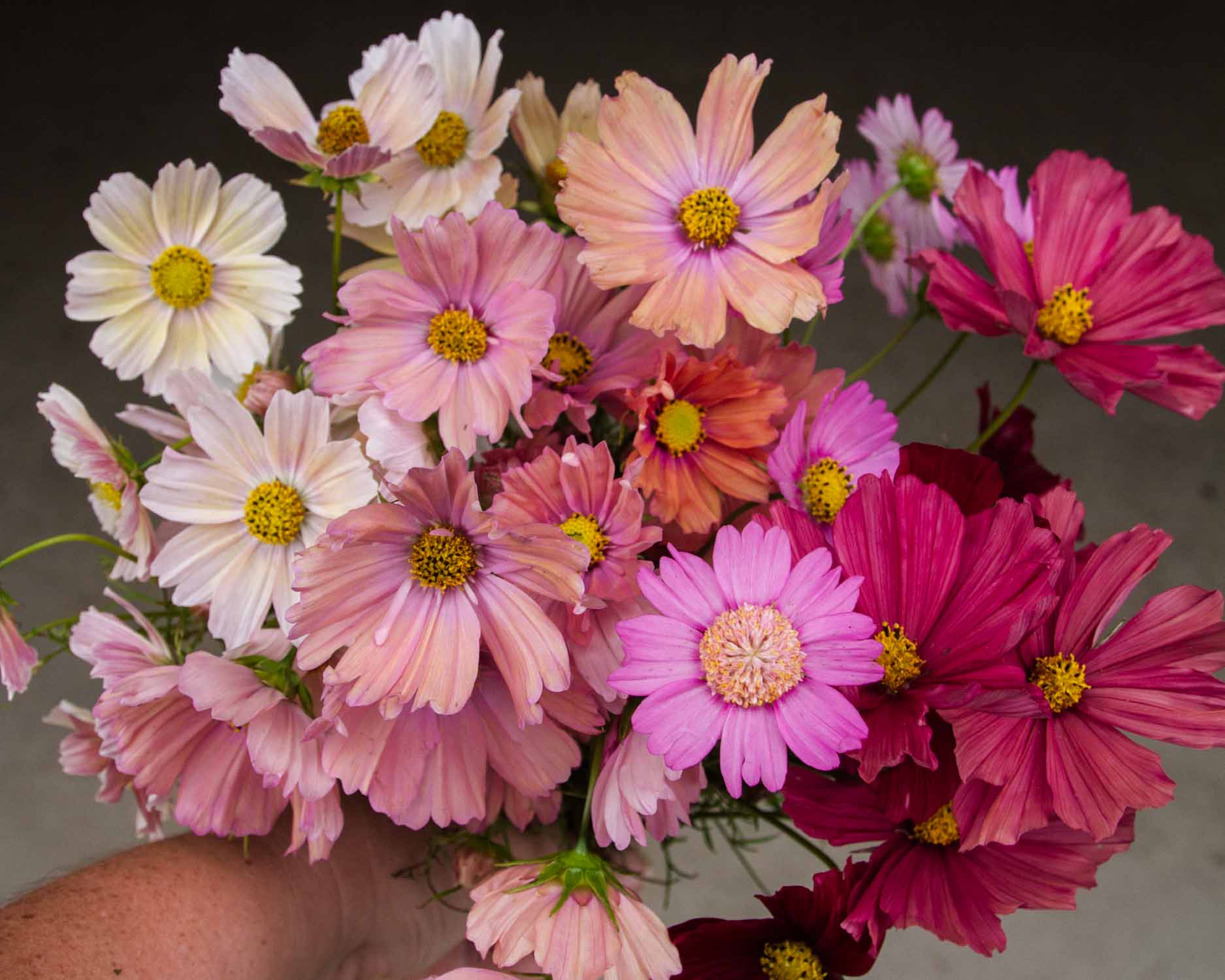How to Grow Daffodils
When to plant
Daffodils are best planted April to early June, once the temps start cooling down (usually after Easter).
Where to plant
Full sun but a little dappled partial shade for a couple hours is ok, but otherwise a mostly sunny spot. Good drainage is as always very much advised, and is particularly important with daffodils.
Spacing
Plant about 8-10cm apart. The closer together you plant the better they'll look in the first year or two, but the earlier they'll need dividing. Spaced further apart you could put off dividing for a few more years.
Planting
Dig or fork your planting hole (or trench) a little deeper than you want to plant so the bulbs are planted into loosened soil at the bottom, and you can mix in compost (organic matter / well rotted manure) into their planting hole before planting too.
If you need to improve your drainage, be extra generous with mixing in compost to your soil, and plant on a slight raise mound.
Plant bulbs approx 10cm deep (twice the depth of the bulb's height), pointy side up. Cover back up with soil and mulch with a good layer of compost on top.
For the best effect in your garden daffodils are best planted in en masse in groups.
Bulbs can fertilized with a bulb fertilizer (or even rose/potato, but most importantly low in nitrogen) – I like to use a mix of rock dust/humate as my go-to general fertilizers). After planting, water them in if rain isn't forecast in the next couple of days.
Pests & Diseases
Daffodils are relatively pest & disease free, but slugs & snails love their flowers so if you notice nibbles, scatter some slug bait (or however you prefer to deal with slugs & snails).
Harvesting Flowers
Flowers can be harvested very tight, once their buds start colouring up. Double daffodils can be harvested a tad later than traditional singles, so they have a little more time to properly form all their petals.
Daffodils can be harvested with snips as at the base of the stems, or they can be carefully pulled and twisted to snap the stem off without snips (this works best if your soil has compacted over winter, or for second season bulbs otherwise you'll accidentally pull the whole plant out).
Stems will ooze after cutting, this sap is toxic to other flowers, so before mixing daffodil flower with other flowers, condition the stems for a few hours (or overnight) to let the cut seal over and stop oozing (& then don't re-cut the stems again). Or just celebrate and enjoy your daffs in their own separate vases. Daffodil sap may irritate skin, so wear gloves when handling them while they're oozy.
While daffodil plants are very hardy their flowers aren't necessarily that frost hardy, so a little frost protection from a poorly timed frost will help save your flowers from frost damage.
Perennializing
In theory daffodils should be very easy to perennialize (come back every year), but I've moved around and planted it crates and haven't really given any of my daffs a good chance to perennialize properly.
The most important part to ensuring good flowers the next season is to let their foliage die down fully, do not cut it off until it has fully browned. The bulb needs to pull all the energy from the foliage back into their bulbs for next year's flowers.
Deadheading old flowers and seed pods may also help focus their energy into their bulbs for next years flowers.
When bulb clumps become too congested they won't flower as will and will need to be dug up in summer after they've died down to divide and replant - usually after 3+ years.







1 comment
Hi Sarah
I’ve got TONS that I’m digging out & replanting…did you use the same method as floret for your daffodils in crates? I’m worried the beds won’t be ready in time & I don’t want to lose them :) thanks ☺️
Andrea —